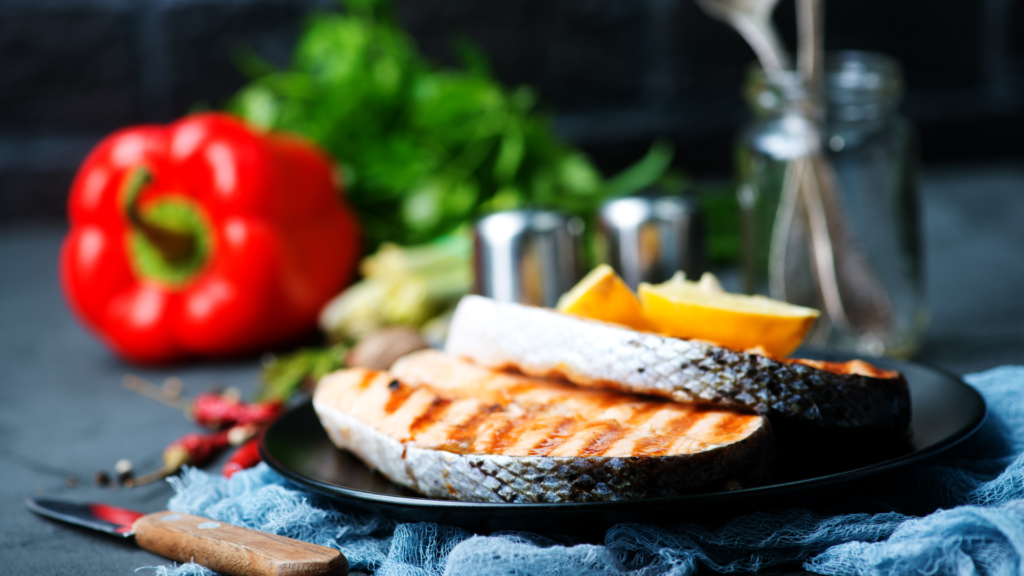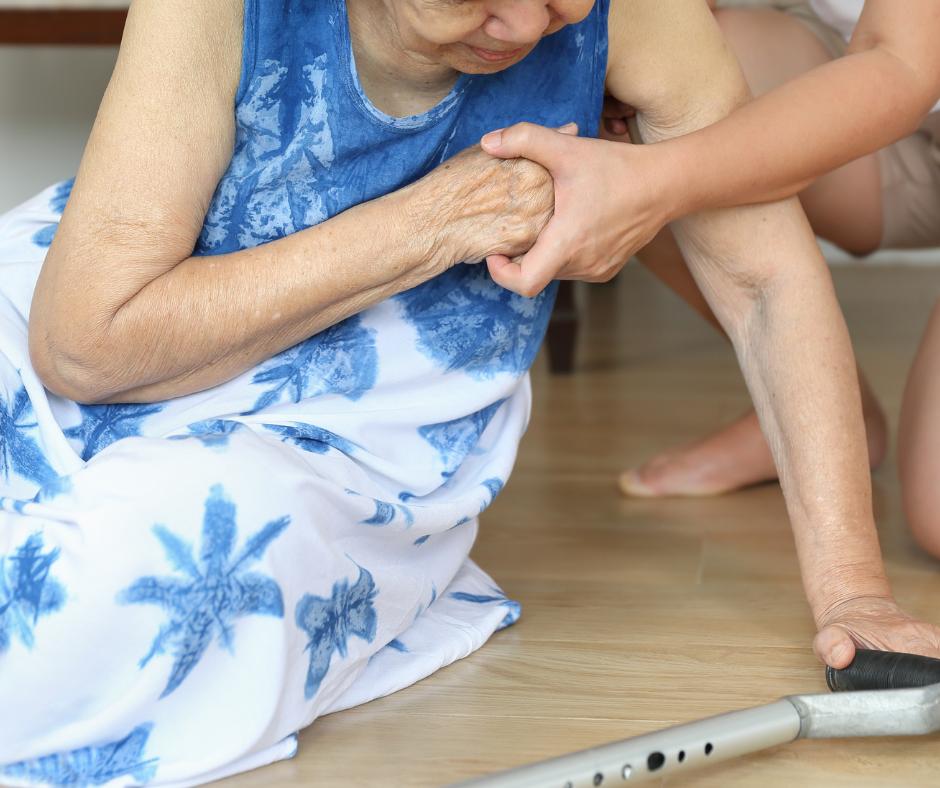SHARES
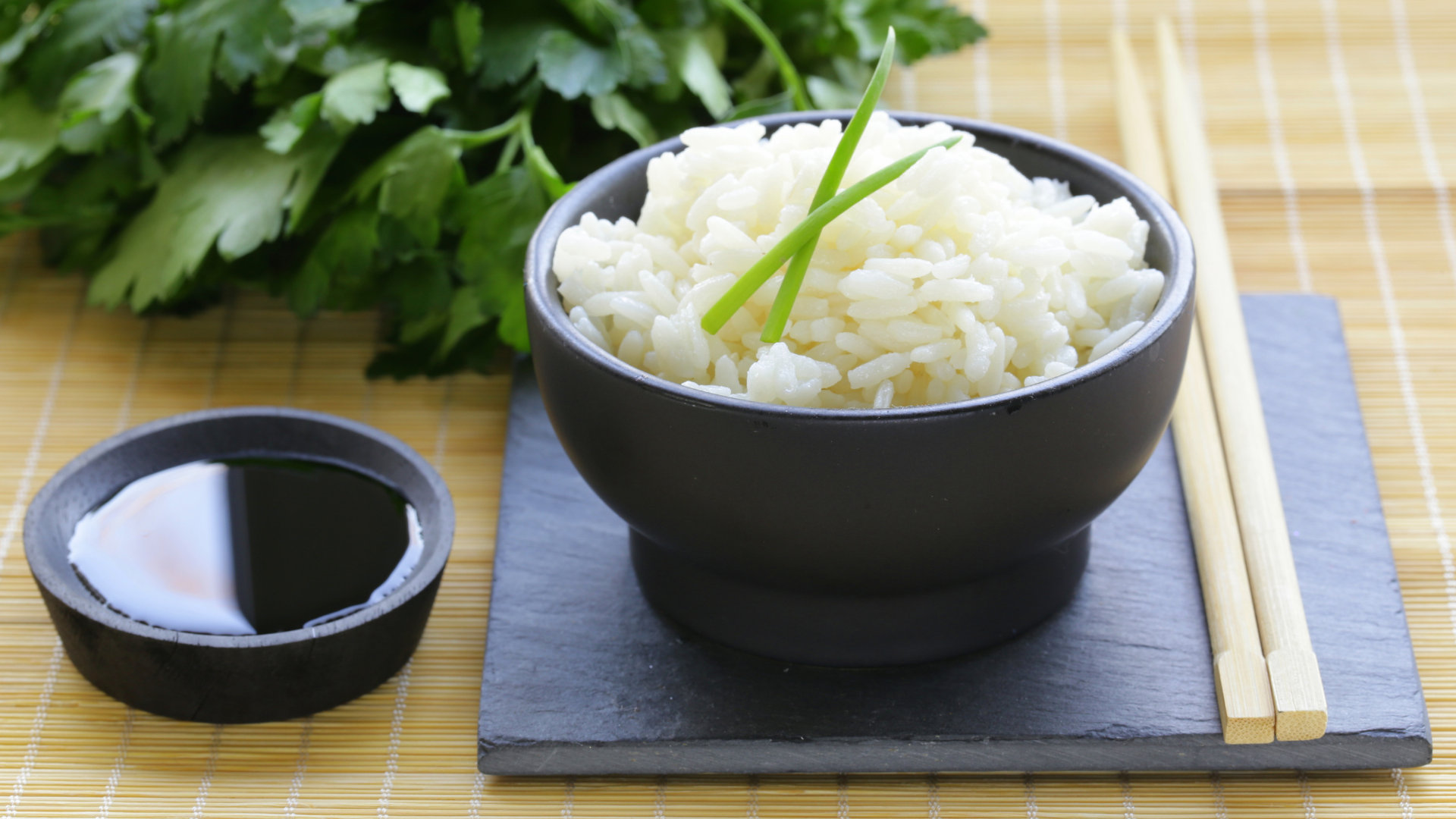
We recently came across this article which claims that you can reduce the calories of white rice by up to 50%. How? Simply by boiling it with coconut oil and chilling it for 12 hours before reheating and consuming it. The article claims that by doing so, this changes the molecular structure of the starch in rice. The change results in a more “resistant starch” which is less digestible and therefore, fewer calories.
Sounds too good to be true? We thought so too. Hence, we asked Dr Melvin Look, the Director of PanAsia Surgery and a Consultant Surgeon in Gastrointestinal, Laparoscopic and Obesity Surgery, and has a special interest in Endoscopy and treatment of Digestive Diseases, as well as dieticians Caleb Mok and Bonnie Lau to give us their views on whether it truly is possible to reduce the calories of white rice.
What is “resistant starch”?
According to Dr Look, resistant starch is present in foods such as whole grains, legumes, beans and unripe bananas. Humans do not have the intestinal enzymes required to digest resistant starch. So it passes into the colon where it is fermented into short-chain fatty acids. Here at the colon the resistant starch forms the prebiotics that feeds the probiotic bacteria which keep our gut healthy. That is why consuming resistant starch also results in the intake of fewer calories.
Changing the structure of white rice
According to the T Nation article, the molecular structure of rice is changed when cooked with coconut oil and cooled. Dr Look explains that the soluble amylose units of the starch leaves the rice granules during the gelatinisation and form tight hydrogen bonds outside the rice grains during the cooling process. This converts white rice into resistant starch due to a protective barrier from the fat molecules of the oil.
Depending on the type of rice used, white rice cooked in this way has 10 times the resistant starch and 15 to 60% fewer calories. Dr Look further explains that the amount of calories from the added coconut oil is insignificant. Further reheating the rice in the microwave for consumption the next day does not affect the stability of the resistant starch.
However, dietician Lau is concerned about the claim that preparing rice this way will truly help with weight loss as this has not been researched properly yet. She added, “Any type of oil added has the ability to create lipid complexation with starch molecules and create resistant starch. But to what degree depends on the type of starch and type of oil or fatty acids¹.” As such, it is hard to say that it’s applicable to use only coconut oil in the variety of white rice used in Singapore, Malaysia or Thailand.
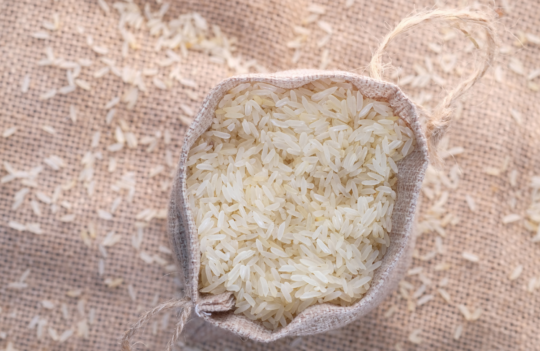
Phytic acid in brown rice
Another claim in the T National article was that white rice is nutritionally better than brown rice as brown rice contains phytic acid or phytate. This acid reduces the absorption of minerals such as iron, zinc, calcium, magnesium as well as the protein bioavailability of the grains. But as Lau explained, “Phytic acid in small amounts in brown rice is not harmful to health. In fact, there are both benefits and drawbacks to phytic acid in terms of nutrition. Actually, a small amount of it has anti-cancer properties and may regulate blood glucose levels. But in terms of its claims that it affects starch absorption², it’s not true; the effect of lower starch absorption in wholegrain rice is due to fibre content, not phytic acid.”
This is reaffirmed by Mok: “In spite of the concern about phytic acid content in brown rice, the risks of developing severe nutrient deficiencies from long-term consumption of brown rice is very insignificant. Moreover, consumption of wholegrains, such as brown rice, has been associated with lower risks of diabetes, cardiovascular diseases, certain types of cancers. Therefore, brown rice is still nutritionally superior to white rice, and we should not be too preoccupied with its phytic acid content.”
Steps to Reduce Phytic Acid in Brown Rice
However, if you’re really concerned about the amount of phytic acid in brown rice, Mok suggests reducing it by these simple steps:
- Soak the brown rice in filtered water for 24 hours at room temperature
- Strain the water. Keep at least 10% of the water in the fridge to soak the next batch of brown rice
- Repeat steps 1-2 every time before cooking brown rice
This process will augment the natural phytase activity in brown rice. The saved rice water will serve as a “starter” to reduce phytic acid in subsequent batches of brown rice, with the effects increased with each cycle.
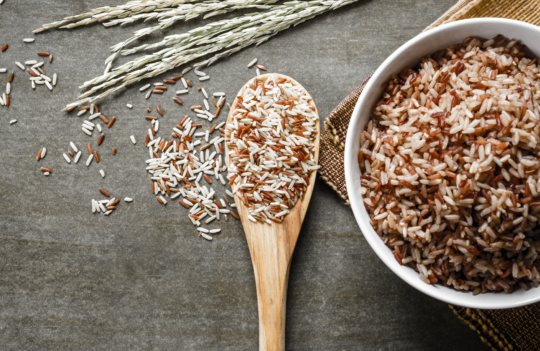
Conclusion
Brown rice is still seen as the healthier option because it offers more fibre, protein, vitamins and minerals. Comparatively white rice is milled and polished to remove the outer layers, leaving only the starchy endosperm. With the higher fibre content, brown rice also has a lower glycemic index (GI). The reason is that digestion of brown rice is slower and less likely to cause a spike in one’s blood sugar.
As Lau mentioned earlier, medical studies do not prove the conversion of the starches in white rice to resistant starch aiding weight loss. Thus, this method of reducing the calories of white rice may not necessarily be the healthier option. Even more so when you consider the lack of a lot of nutrients in white rice, compared to brown rice and wholegrains.
Mok suggests a more balanced approach. He pointed out that regardless of whether it is white or brown rice, they contain a similar amount of calories with the same serving size. By eating excessive amounts, it will simply lead to weight gain. “Hence, we should control the quantity of rice that we consume, replace with more vegetables just like in the healthy plate concept. This way, we would be able to control the amount of carbohydrate and calories in our meals.”
And similarly to other food groups, we should consume a variety within each food group. As such, Mok suggests trying other grains such as barley, oats, corn, wheat and sorghum, among others.
Special thanks to:
Dr Melvin Look is the Director of PanAsia Surgery in Mt Elizabeth Hospital, Mt Elizabeth Novena Hospital and Parkway East Hospital. He is a Consultant Surgeon in Gastrointestinal, Laparoscopic and Obesity Surgery, and has a special interest in Endoscopy and the treatment of Digestive Diseases. He underwent various training & awards at the National Cancer Center Hospital in Tokyo, Royal Infirmary of Edinburgh UK, Mount Sinai Medical Centre New York, and Washington Cancer Institute in Washington DC.
Caleb Mok is the representative dietitian of PanAsia Surgery. He seeks to inspire people to live a disease-free, fulfilling and quality life. He believes in making a healthy diet delicious and healthy lifestyle fun and achievable. Caleb underwent training in a heart institute and an acute hospital. As such, his focus of interest is on preventive and rehabilitative nutrition. He is actively advocates a healthy lifestyle. He writes article, speaks at public talks and seminars, including individual counselling. In addition his interests include recipe development, cooking demonstrations, food photography and others.
Bonnie Lau is an Accredited Practising Dietitian who is passionate about food, nutrition and wellness.
Credit: Melissa Fann from The Wellness Insider.
Disclaimer
Important: The team at GetDocSays have made extensive and reasonable efforts to ensure that medical information is accurate. They further ensure that the content conforms to the standards of the publication. However, they reflect the opinions and views of the contributors and not the publisher.
The information on this site is not professional advice nor to replace personal consultation with a health care professional. The reader should not disregard medical advice or delay seeking it because of information published here.
by Joanne Lee
Multipotentialite. Loves creating and seeing ideas come alive. View all articles by Joanne Lee.

